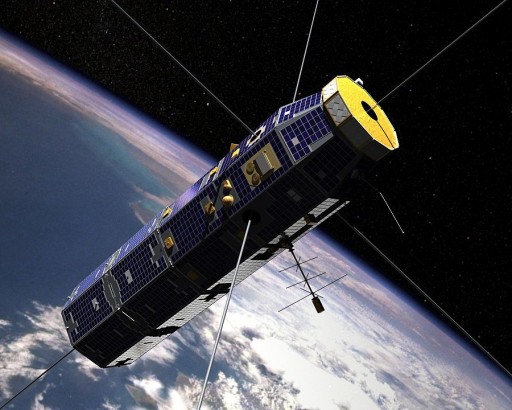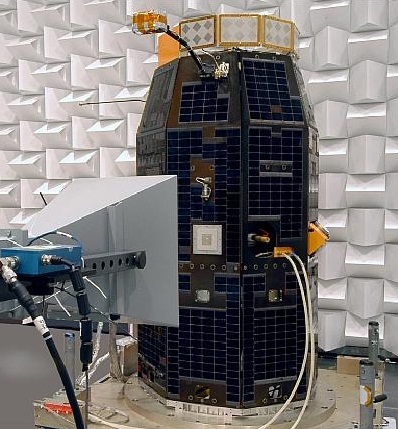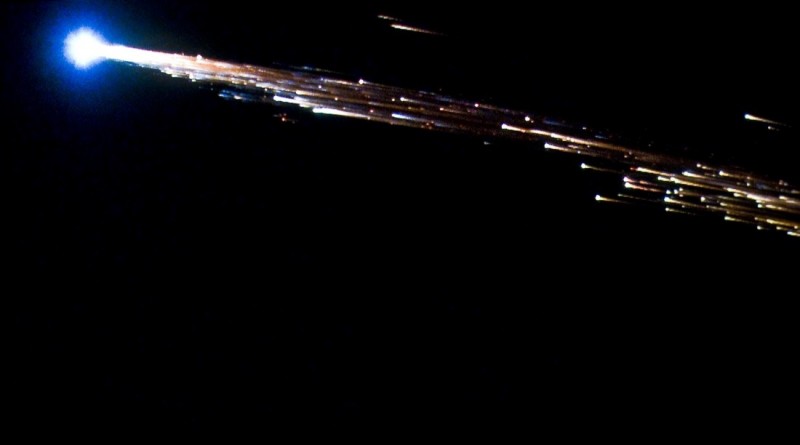Re-Entry: C/NOFS

The C/NOFS satellite of the United States Air Force re-entered the atmosphere on November 28, 2015 after seven and a half years in orbit.
NORAD ID: 32765
Origin: USA
Object: C/NOFS (Communications/ Navigation Outage Forecasting System)
Type: Ionospheric Research
Launch Mass: 395kg (Dry: 274kg)
Inclination: 13.0°
Launched: April 16, 2008 – 17:02 UTC
Launch Vehicle: Pegasus XL
Launch Site: Kwajalein
Re-Entry Prediction: November 28, 2015 – 08:41 UTC +/- 180 Minutes
Re-Entry Zone: Unknown
Brief Satellite Description

The C/NOFS satellite was tasked with the investigation of scintillations in Earth’s ionosphere for the development of forecast models for the satellite to be able to predict scintillations and their adverse effects on signals from communications and navigation satellites leading to outages that could lead to a number of issues for the civilian and military sectors.
Built by Orbital Sciences and operated by the US Air Force, the satellite hosted seven instruments – an Ion Velocity Meter to measure the velocity vector, ion energy and composition; a Planar Langmuir Probe to measure ion density and associated fluctuations; a Neutral Wind Monitor measuring the neutral wind velocity; CORISS – the C/NOFS Occultation Receiver for Ionospheric Sensing and Specification using GPS receivers to determine total electron content in the atmosphere; CERTO – Coherent Electromagnetic Radio Tomography that used a radio beacon to measure plasma densities and deliver information on scintillation of radio signals; and VEFI – Vector Electric Field Instrument comprised of 6 electro field booms, magnetometers, Langmuir probes and lightning detector.
The satellite entered service in mid-2008 and operated as planned until 2013 when its mission was briefly interrupted by a spacecraft safemode.
Re-Entry Zone is unknown given the +/-3 hour uncertainty in re-entry time.

